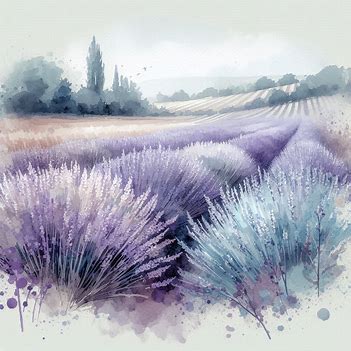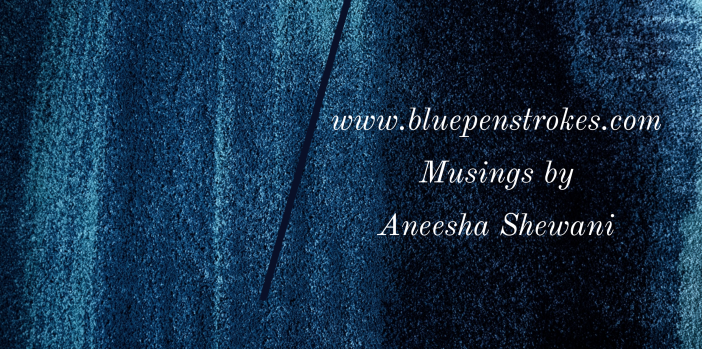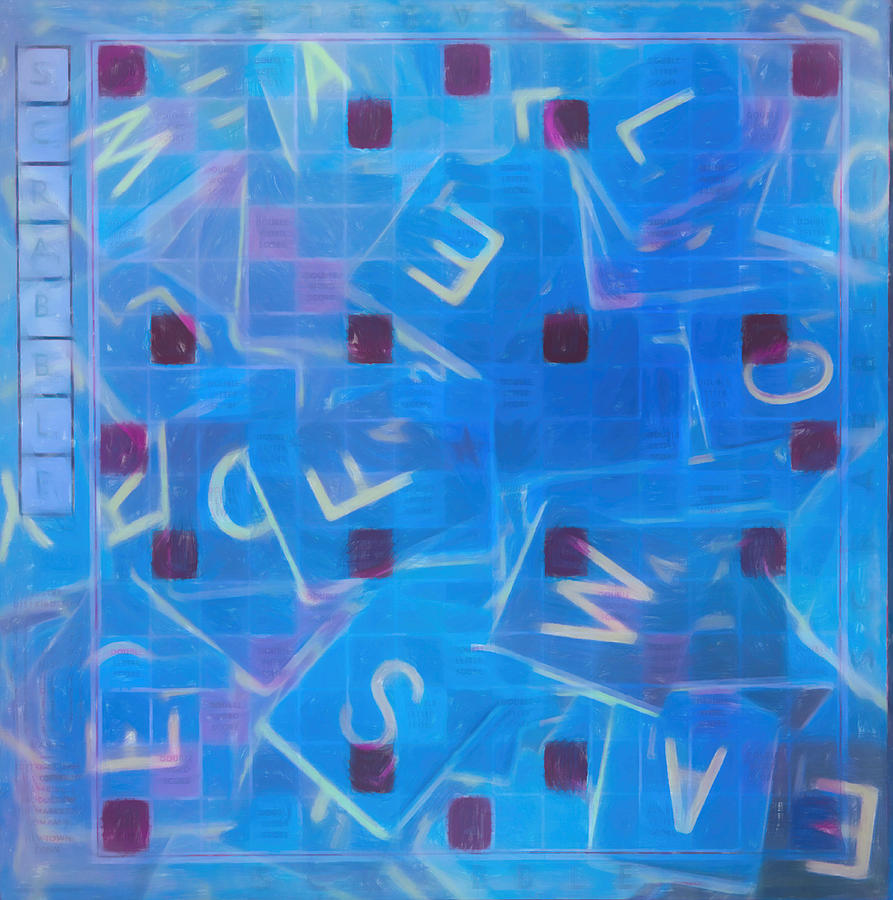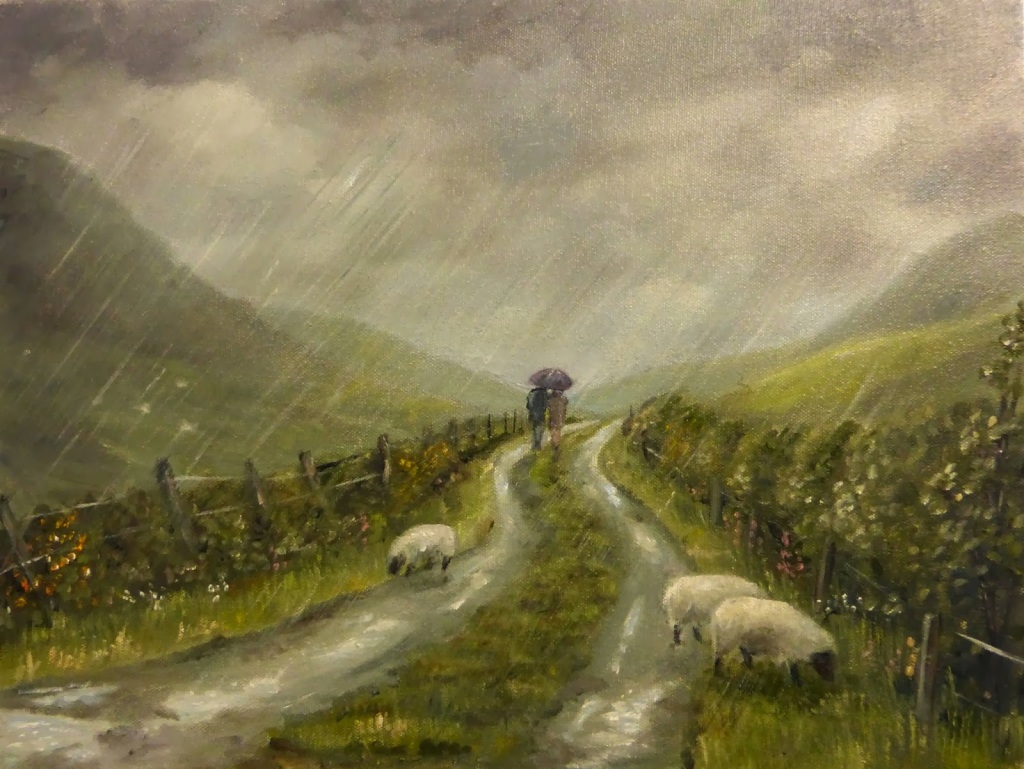
#NaPoWriMo #GloPoWriMo 2024, Day 27
Lush lavender fields,
Traveler’s eager eye seeks
Rows of vivid hues.
Yet here they sway, subtle grace,
Muted shades, all tinged with gray.
This tanka is inspired by a hot day in Italy when we walked next to lavender fields. It was a unique but underwhelming view because the colors were not as bright as we had imagined. Such is life; when we expect exuberance, but joy can come in subdued ways.
© Aneesha Shewani
https://www.bluepenstrokes.com




